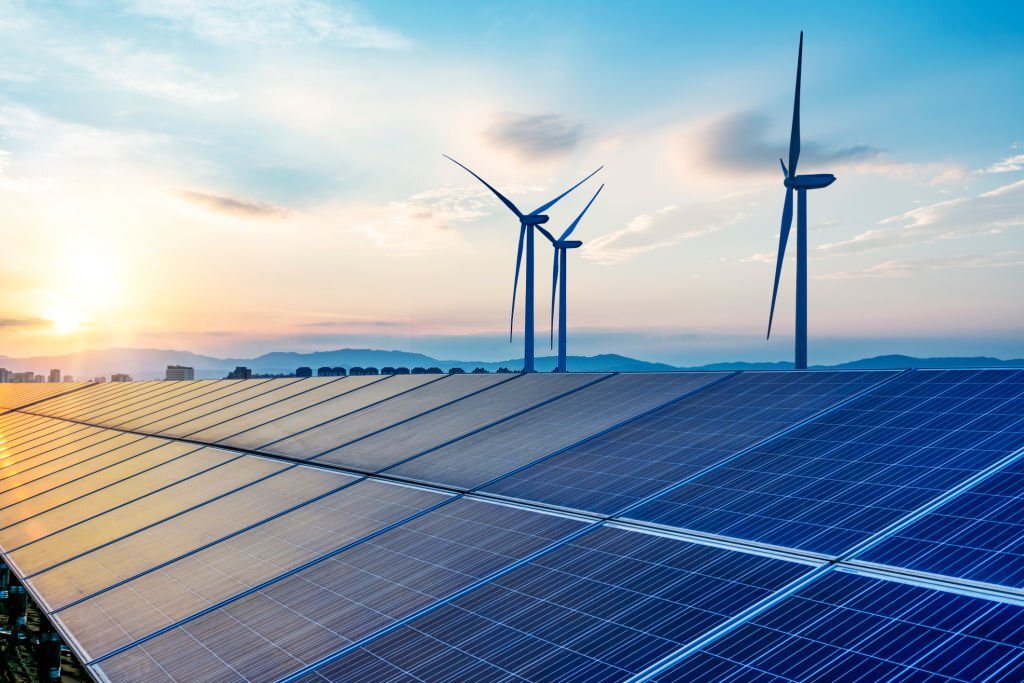Taxes
Treasury, IRS Issue Final Rules on Bonus Energy Tax Credits for Poorer Communities
A new program gives eligible solar and wind facilities in low-income areas increased investment tax credits of 10% or 20%.
Aug. 10, 2023

The Treasury Department and the IRS on Thursday released final rules and procedural guidance for a new program established by the Inflation Reduction Act that provides bonus tax credits for qualified solar and wind facilities in low-income communities.
The IRS issued initial guidance last February when it launched the Low-Income Communities Bonus Credit Program under section 48(e) of the Internal Revenue Code, which gives eligible solar and wind facilities increased investment tax credits of 10% or 20%. Under the program, for example, certain energy projects in underserved U.S. communities as defined by the New Markets Tax Credit or on Indian land can receive an increased tax credit of 10 percentage points. A project associated with a low-income residential building project or a low-income economic benefit project can receive an increased tax credit of 20 percentage points.
“This new bonus incentive through the Inflation Reduction Act will drive investment to underserved communities to ensure they benefit from lower energy costs and reduced pollution and health hazards,” Wally Adeyemo, Treasury deputy secretary, said in a press release. “Treasury has worked to get this program off the ground as quickly as possible, and in partnership with the Department of Energy (DOE), will be opening the application process and making awards to projects earlier than initially anticipated.”
The guidance issued today provides definitions, requirements, and procedures applicable to the section 48(e) program. The IRS estimates that applications from qualifying individuals, businesses, and tax-exempt organizations could number in the thousands.
The Inflation Reduction Act provides for an increase in the energy investment credit for solar and wind facilities that apply for and receive an allocation of environmental justice solar and wind capacity limitation. Taxpayers that receive an allocation and properly place the facility in service can then claim the increased energy investment credit in the year that the facility is placed in service.
The final regulations provide definitions and requirements for the program. The regulations state the four project categories under which facilities apply for an allocation, and the increase of either 10% or 20% associated with a project category. Additionally, the regulations:
- Define financial benefits for the two applicable project categories.
- Define energy storage technology installed in connection with the solar or wind facility.
- Define and describe the additional selection criteria for eligible potential applicants.
- Remind potential applicants that facilities placed in service prior to an allocation are not eligible.
- Provide the disqualification and credit recapture rules specific to the program.
Revenue Procedure 2023-27 provides the procedures for potential applicants to apply for an allocation of capacity limitation. Specifically, this guidance provides the information applicants will need to apply and describes the Energy Department’s application and review process, and the IRS’s allocation award process. The guidance directs applicants to register and apply through the DOE’s portal.
The Energy Department launched a Low-Income Communities Bonus Credit Program page on Thursday, which will be updated in the coming weeks to provide additional information about the application opening date and application materials.
The program will allocate 1.8 gigawatts of capacity available for the 2023 program across four categories of solar or wind facilities with maximum output of less than five megawatts. The four categories are:
- Category 1: Facilities located in a low-income community as defined in IRC Section 45D(e)(1) (700 megawatts)
- Category 2: Facilities located on Indian land (200 megawatts)
- Category 3: Facilities that are part of a qualified low-income residential building project (200 megawatts)
- Category 4: Facilities that are part of a qualified low-income economic benefit project (700 megawatts)
The application process for all four categories in the Low-Income Communities Bonus Credit program will open in the fall, and awards will start to be made by the end of the year. Depending on the availability of capacity, applications for the 2023 program are expected to be accepted through early next year. Treasury had previously planned to open the application process in two phases—an initial window and a rolling application process. The IRS may choose to reallocate capacity between categories in the event of oversubscription in any category, and unclaimed allocations will roll over into 2024, when another base 1.8 gigawatts of capacity will be available via application.
